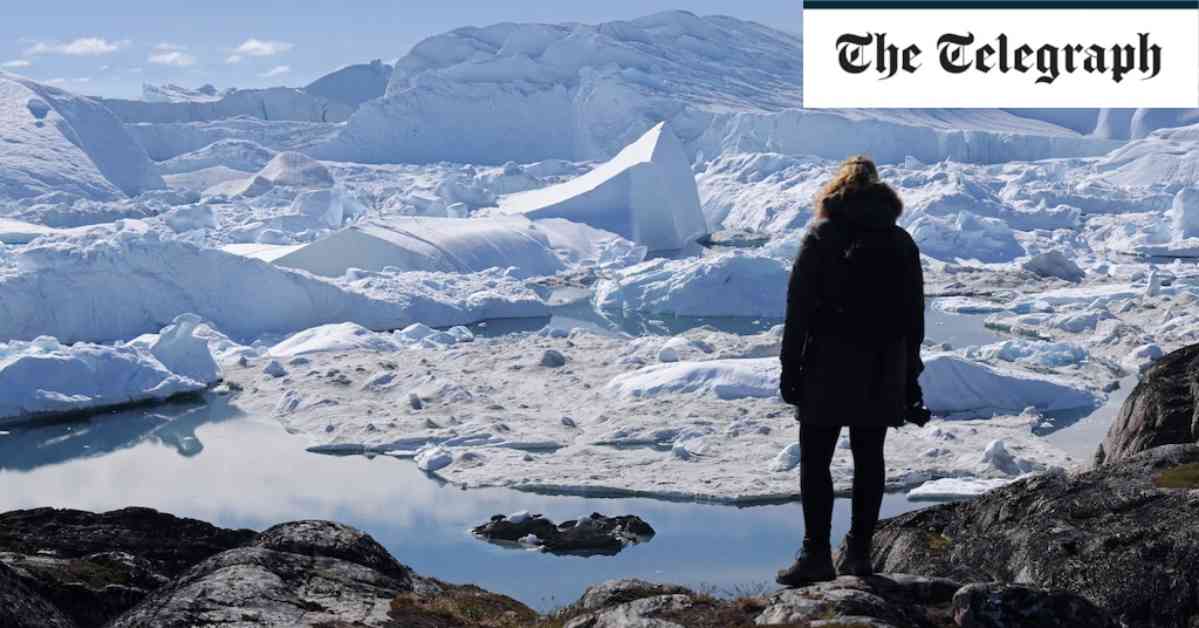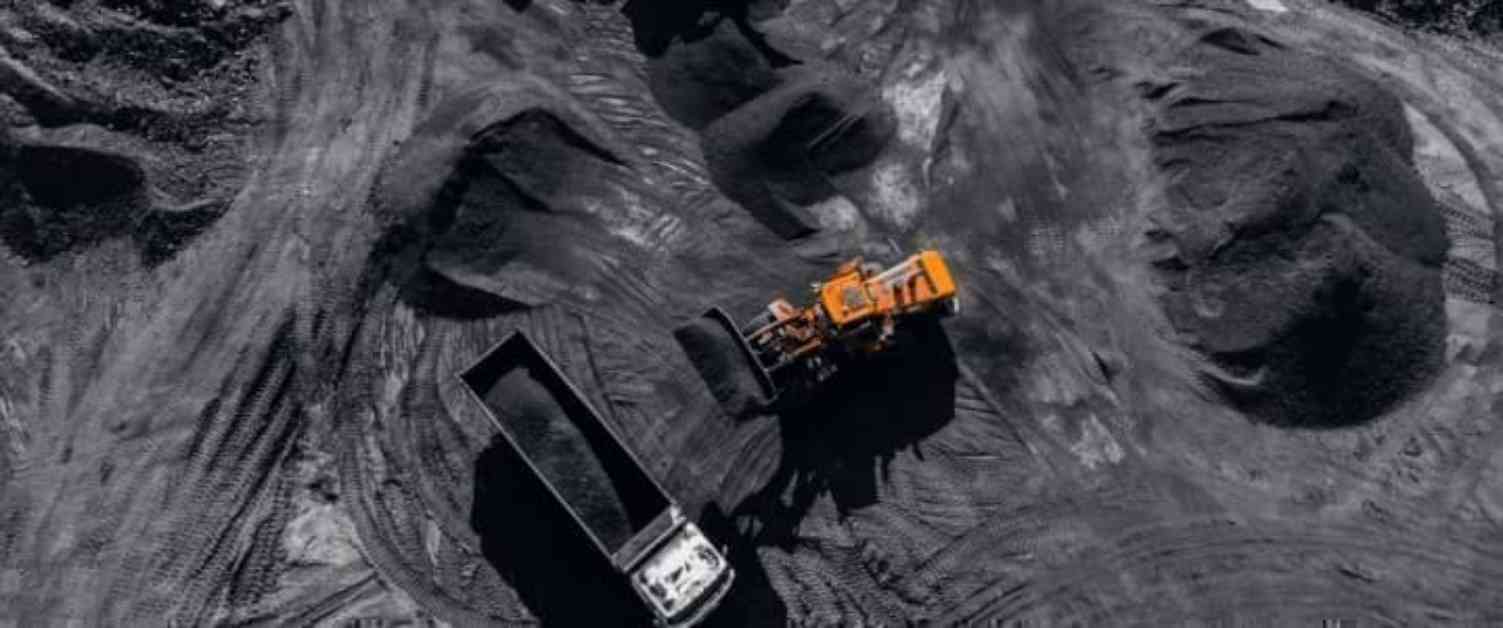Every year, between 30 and 50 billion tons of ice break off the Jakobshavn Glacier and fall into the sea in Greenland. These massive icebergs can be taller than the Burj Khalifa and trigger earthquakes upon impact with the sea. The rapid melting of glaciers like Jakobshavn has raised concerns about rising sea levels, which threaten nearly 900 million people living in coastal areas worldwide.
To address this urgent issue, scientists and engineers have proposed innovative solutions to slow down the melting of glaciers. One idea involves building underwater barriers to block warmer water from reaching the ice, preventing it from melting. These barriers could significantly reduce glacial melting, especially in regions like western Antarctica.
Another proposal is to drill deep holes through kilometers of ice to remove meltwater and stabilize the glacier. This method aims to eliminate the lubricating effect of water beneath the ice, helping it to adhere to the bedrock and slow down its movement towards the ocean. While challenging, this approach could be effective in preventing further melting.
Additionally, scientists have suggested cleaning the surface of glaciers to remove pools of meltwater that can seep into cracks and weaken the ice. By draining the water and maintaining a clean surface, the risk of fractures and instability can be reduced. Future advancements in technology, such as AI-powered robots, could help automate this process and improve efficiency.
Furthermore, the use of snow fences to capture and retain snow on glaciers is a low-tech solution that could help insulate the ice from sunlight and promote growth. By strategically placing these fences, damaged sections of glaciers could be strengthened, preventing further melting and enhancing stability.
Another ambitious idea involves creating clouds over Greenland by spraying sea salt aerosols into the air. These clouds would reflect sunlight away from the Earth’s surface, leading to a cooling effect that could preserve the ice. While controversial, this method has shown potential in other environmental protection projects.
Overall, the race to save melting glaciers requires a collaborative and innovative effort on a global scale. While the proposed solutions offer hope for mitigating the effects of climate change, further research and investment are needed to determine their feasibility and effectiveness. With glaciers disappearing at alarming rates, the urgency to act and preserve these vital natural resources is greater than ever before.





